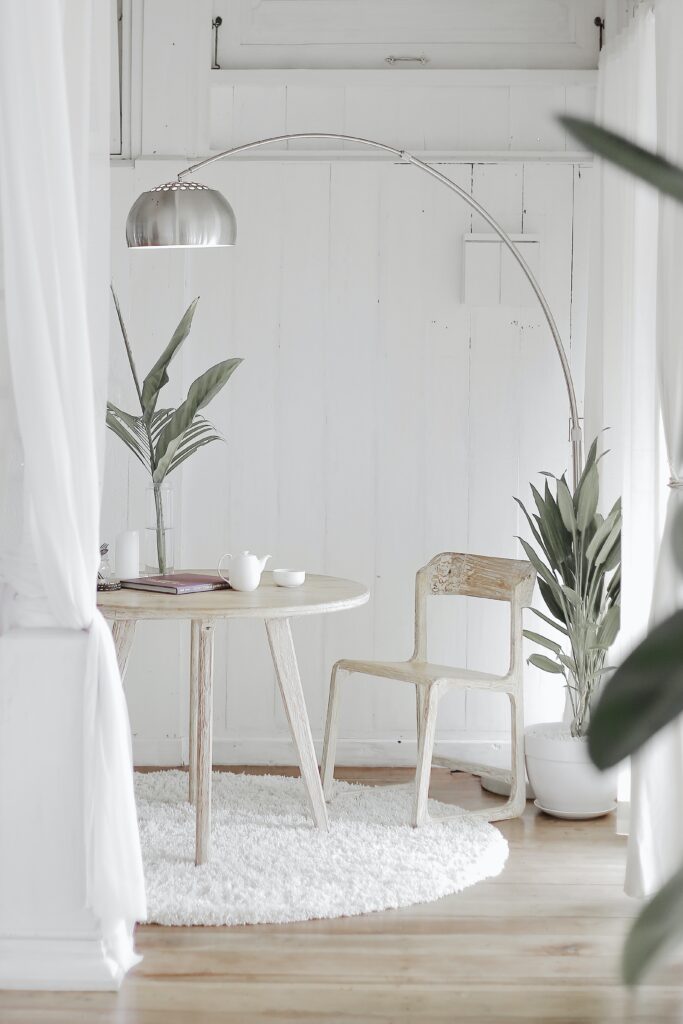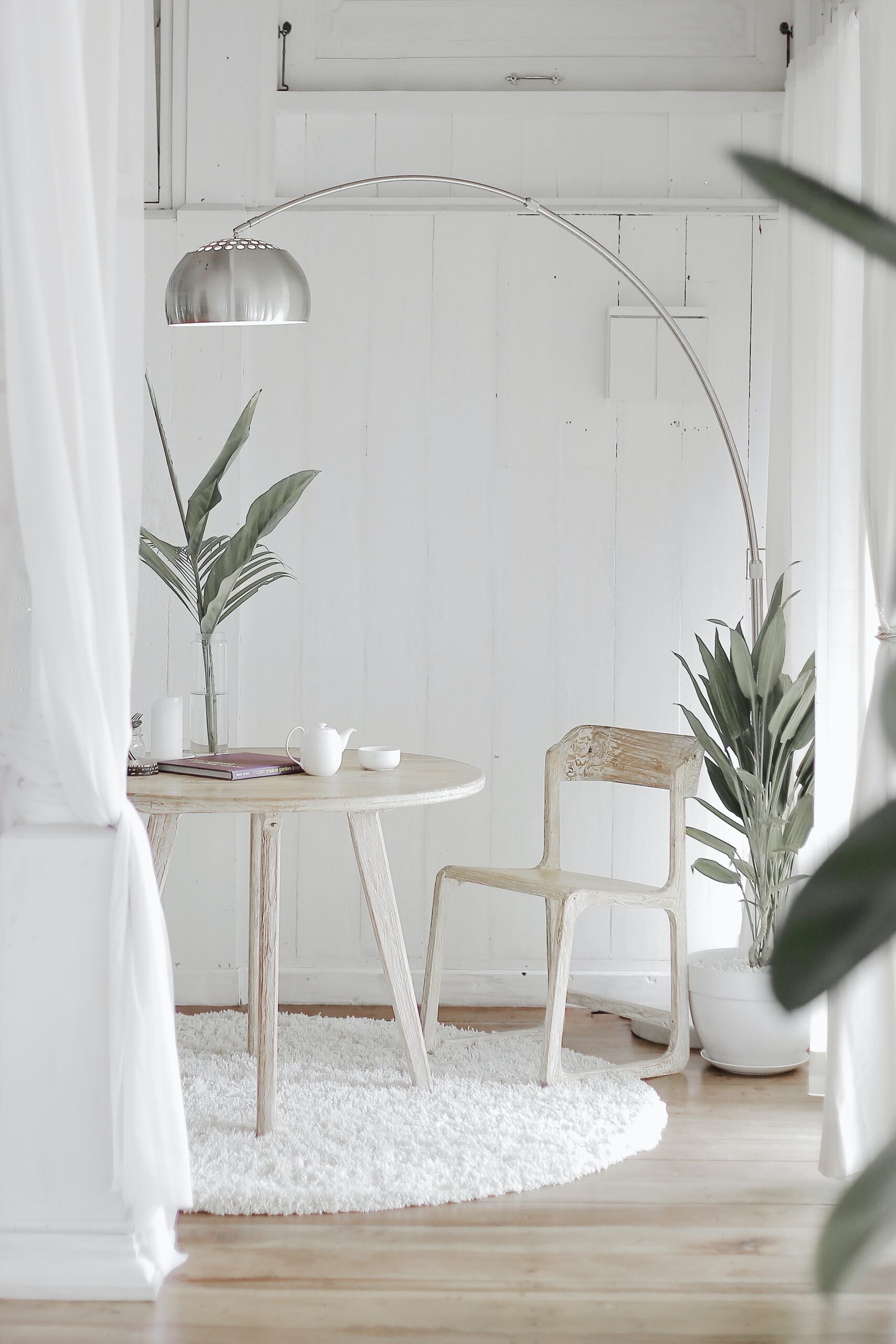Tiny homes are gaining popularity as more people seek simplicity, affordability, and sustainability. However, with limited space, creating a bright and airy atmosphere can be a challenge. That’s where the magic of natural light comes in. By strategically incorporating windows, skylights, and reflective surfaces, homeowners can enhance the design of their tiny homes and create a sense of spaciousness. In this article, I will explore the various ways natural light can be utilized to transform any tiny home into a cozy and inviting space.



This image is property of images.unsplash.com.
Importance of Natural Light in Tiny Homes
When it comes to designing a tiny home, natural light plays a crucial role in creating a welcoming and comfortable space. As a tiny homeowner myself, I have experienced firsthand the positive effects of natural light on both my physical and psychological well-being. In this article, I will discuss the benefits of natural light in tiny homes and share tips on how to maximize its presence in your own tiny home design.
Benefits of natural light in tiny homes
Natural light offers numerous benefits to tiny homeowners. Firstly, it creates an illusion of space, making the tiny home feel bigger and more open. The abundance of natural light can instantly uplift your mood, making you feel happier and more energized. Additionally, exposure to natural light has been shown to improve sleep quality, regulate circadian rhythms, and enhance overall productivity and focus.
Psychological and physical effects of natural light
The psychological effects of natural light are profound. It has been linked to increased serotonin production, which contributes to feelings of well-being and happiness. On the physical side, natural light provides essential vitamin D, which is crucial for the absorption of calcium and the development of strong bones. Furthermore, exposure to natural light can reduce eyestrain, headaches, and fatigue, promoting better overall health.
Maximizing Natural Light in Tiny Home Design
To truly harness the power of natural light in your tiny home, strategic design choices are essential. Let’s explore some effective ways to maximize natural light in your tiny home design:
Choosing the right location for the tiny home
Selecting the right location for your tiny home is pivotal in optimizing natural light. Consider placing your tiny home in an area with ample sunlight exposure throughout the day. Avoid locations surrounded by tall buildings or trees that may cast shadows and limit natural light.
Optimizing window placement
When designing your tiny home, carefully consider the placement and size of windows. Opt for larger, strategically placed windows to allow maximum natural light to permeate your living space. Additionally, consider installing windows that can be easily opened to promote air circulation and create a fresh and inviting atmosphere.
Utilizing skylights
Skylights are an excellent addition to tiny homes, as they invite an abundance of natural light from above, creating a unique and airy atmosphere. Installing skylights strategically can also provide stunning views of the sky, enhancing the overall aesthetics of your tiny home.
Installing glass doors
Glass doors offer a seamless transition between indoor and outdoor spaces while allowing an influx of natural light. Whether it’s a sliding glass door or a French door, these transparent barriers can flood your tiny home with sunlight. Not only do glass doors enhance the openness of your space, but they also create a beautiful connection to the surrounding environment.
Using light-colored materials and finishes
Incorporating light-colored materials and finishes in your tiny home design can significantly contribute to maximizing natural light. Light-colored walls, floors, and ceilings reflect natural light more effectively, brightening up your entire living space. Additionally, consider using glossy or reflective surfaces to bounce light around the room and create a sense of expansiveness.



This image is property of images.unsplash.com.
Designing Open Floor Plans
Creating an open floor plan is another effective way to optimize natural light in your tiny home. By removing unnecessary walls and barriers, you allow natural light to flow freely throughout the space, making it feel larger and more inviting.
Creating a sense of openness
To create a sense of openness, consider using furniture with slim profiles and opting for open shelving instead of bulky cabinets. These design choices minimize visual obstructions, allowing natural light to illuminate every corner of your tiny home.
Open concept layouts
An open concept layout not only maximizes natural light but also enhances the functionality of your tiny home. By combining the living, kitchen, and dining areas into one cohesive space, you eliminate unnecessary partitions, allowing light to travel unhindered.
Using mirrors to enhance natural light
Strategic placement of mirrors can help amplify the effects of natural light in your tiny home. By reflecting and bouncing light across the room, mirrors create an illusion of additional space while brightening up dim corners. Consider placing mirrors opposite windows or near light sources to harness their full potential.
Using Window Treatments to Control Natural Light
While natural light is desirable, it’s essential to have control over its intensity, especially during certain times of the day. Window treatments offer a practical solution to adjust the amount of light entering your tiny home while maintaining privacy.
Selecting the right window treatments
When selecting window treatments, opt for lightweight and airy materials that allow natural light to filter through. Sheer curtains are an excellent choice as they offer privacy without completely blocking sunlight. Additionally, consider using materials with light colors that can reflect natural light and brighten up your living space.
Using sheer curtains and shades
Sheer curtains and shades are ideal for diffusing harsh sunlight and creating a soft, gentle glow indoors. By allowing filtered light to enter, they create a cozy and inviting ambiance. These window treatments not only maintain privacy but also add an element of elegance to your tiny home’s aesthetic.
Installing blinds and shutters
Blinds and shutters offer versatility in controlling the amount of natural light in your tiny home. With adjustable slats or panels, you can easily regulate the intensity of sunlight throughout the day. These window treatments provide privacy when needed while still allowing you to enjoy the benefits of natural light.



This image is property of images.unsplash.com.
Incorporating Reflective Surfaces
Incorporating reflective surfaces in your tiny home design can make a significant difference in maximizing natural light. By strategically placing mirrors and choosing reflective materials, you can enhance the presence of natural light and create an illusion of a more expansive space.
Using mirrors strategically
Mirrors are a powerful tool for amplifying natural light. Place them opposite windows or in corners to reflect light and create the illusion of a larger area. Additionally, consider using mirrored furniture or accessories to further enhance the reflection of natural light.
Installing reflective tiles or surfaces
Consider incorporating reflective tiles or surfaces in your tiny home, such as glass mosaic tiles or stainless steel countertops. These surfaces not only add a touch of modernity to your design but also reflect natural light, brightening up your space.
Utilizing Indoor Plants
Incorporating indoor plants into your tiny home design has numerous benefits, including the promotion of natural light. Indoor plants not only add a touch of greenery and beauty to your living space but also help maximize the effects of natural light.
Benefits of indoor plants for natural light
Indoor plants act as natural filters, purifying the air and improving the overall indoor environment. By placing plants near windows or other light sources, you can take advantage of their ability to redirect and filter natural light, dispersing it more evenly across the room.
Choosing the right plants for tiny homes
When selecting indoor plants for your tiny home, opt for species that thrive in low-light conditions. Some suitable options include snake plants, pothos, and ZZ plants. These plants can thrive even with limited natural light, bringing a breath of fresh air and vibrant greenery to your tiny home.
Designing Outdoor Living Spaces
Creating outdoor living spaces is an excellent way to extend your tiny home’s living area and further maximize natural light. By incorporating outdoor seating areas, gardens, or balconies, you can create additional spaces that embrace the beauty of natural light.
Creating outdoor living areas
Designate a portion of your outdoor space for lounging or dining. By adding comfortable seating, shade structures, and ambient lighting, you can create a tranquil oasis where you can enjoy the outdoors while staying connected to natural light.
Utilizing pergolas or roof extensions to control sunlight
To regulate sunlight and create comfortable outdoor spaces, consider incorporating pergolas or roof extensions. These structures provide shade during intense sunlight while still allowing filtered light to seep through. By strategically designing these elements, you can control the amount of natural light you desire in your outdoor living areas.
Using Artificial Lighting as a Supplement
While natural light is preferable, artificial lighting can supplement and enhance the presence of natural light in your tiny home. By choosing the right artificial lighting fixtures and layering different lighting sources, you can create a warm and inviting atmosphere that mimics the natural feel of sunlight.
Selecting the right artificial lighting fixtures
When selecting artificial lighting fixtures, opt for those that mimic daylight as closely as possible. LED bulbs with a color temperature in the daylight range (around 5000K) provide a crisp and bright illumination that closely resembles natural sunlight. These bulbs are energy-efficient and long-lasting, making them an excellent choice for tiny homes.
Layering lighting for a natural feel
To achieve a natural feel in your tiny home, consider layering different types of lighting. Combine ambient lighting, such as overhead fixtures or recessed lights, with task lighting, such as desk lamps or under-cabinet lights, to create a balanced and warm environment. By using dimmers, you can also adjust the intensity of artificial lighting to complement the natural light throughout the day.
Designing for Privacy and Natural Light
Maintaining privacy while maximizing natural light can sometimes be a challenge in tiny home design. However, with careful planning and the use of specific materials, you can strike the right balance between privacy and natural light.
Maintaining privacy while maximizing natural light
To maintain privacy, consider using frosted or textured glass for windows and doors. These materials allow natural light to filter through while obscuring the view from the outside. Additionally, using curtains or blinds that offer both privacy and light control can help create a cozy and secure atmosphere in your tiny home.
Using frosted glass or textured materials
Frosted glass is an excellent option for maintaining privacy while still benefiting from natural light. By adding a layer of translucency, it diffuses the intensity of sunlight, creating a soft and gentle glow indoors. Alternatively, textured materials such as rice paper or fabric can provide a similar effect while adding a touch of elegance to your tiny home design.
Maximizing Natural Light in Small Bedrooms
Creating a bright and airy atmosphere in a small bedroom can significantly impact your overall well-being. To maximize natural light in your tiny home’s bedroom, consider the following tips:
Choosing light-colored bedding and furniture
Opt for light-colored bedding and furniture to enhance the brightness of your bedroom. Lighter shades reflect natural light more effectively, making the space feel more open and spacious.
Installing additional windows or skylights
If possible, consider installing additional windows or skylights in your bedroom. These additions will flood the space with natural light and create a warm and inviting atmosphere. However, make sure to maintain privacy by combining the windows with appropriate window treatments.
Incorporating natural light in your tiny home design is not only aesthetically pleasing but also essential for your overall well-being. By implementing these tips and strategies, you can create a tiny home that harnesses the power of natural light, making it a bright, uplifting, and comfortable sanctuary. Embrace the beauty of natural light, and watch as your tiny home becomes a space filled with warmth and happiness.
